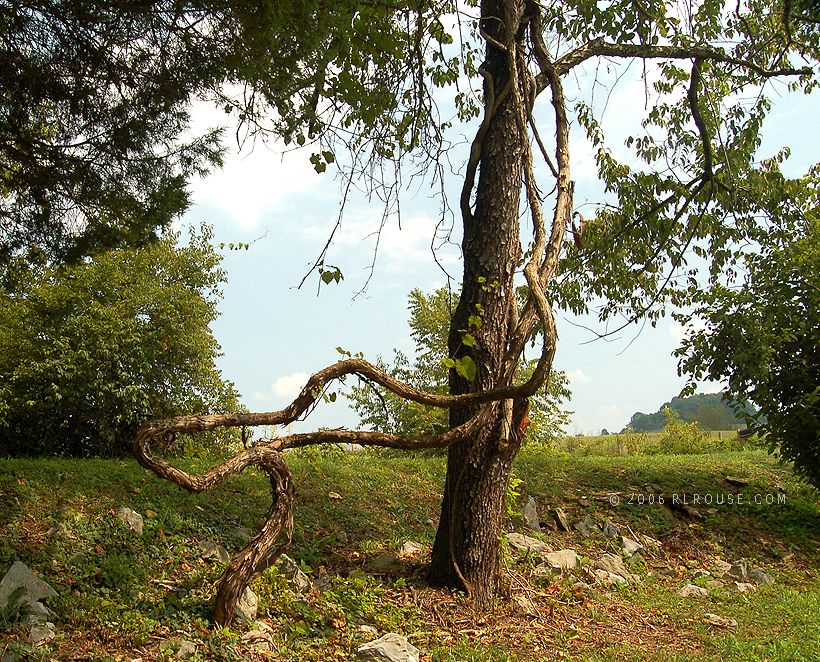As the taste of spring is the air (us wine people are guessing 3 weeks earlier than average on bud-break for the 2012 eastern U.S. growing season... sap flow started last week in most places...), I thought it may be a good idea to turn our attention to the great outdoors: the vineyards! The vineyards are an area of high-attention for wine tourists. Let's face it: they are lovely to look at, produce the fruit used for wine, and are located in some of the most beautiful places in the world.
Napa Valley, CA in the Spring
(Photo by author)
Napa Valley, CA in the winter
(Photo by author)
Paso Robles, CA during Growing Season
(Photo by author)
Carcassonne, France
(Photo by author)
St. Catharines, Canada
(Photo by author)
Virginia
(Photo by author)
Brancott Estate, New Zealand
(Photo by Dr. Kathy Kelley, PSU Horticulture Dept.)
Yealands Winery, Marlborough, New Zealand
(Photo by Dr. Kathy Kelley, PSU Horticulture Dept.)
Domeqc Winery, Rioja, Spain
(Photo by "Johnny Depp")
And who doesn't love the vineyard wedding backdrop? This one in Oregon...
(Photo from Google Images)
Viticulture is the study and science of growing grapes. Yes, you can actually major in viticulture in college. Check out programs at UC Davis, Fresno State, Cal Poly, Cornell, and Virginia Tech!
Growing grapes is not an easy task. Wine grapes are unlike most other agricultural crops in the sense that they need to "struggle" to ripen the grapes enough to make suitable, commercial wine. I know this sounds crazy. But in nature, grape vines tend to survive in the most arid, high drainage sites. Which brings up another point... a grape plant is a vine! (Hence... vineyard.)
If the vine had it's way, it would plant it's roots in 1 location and continue to extend itself outward. As time progressed, only the very end of the vine would produce fruit. If you live in the eastern U.S., you can see many examples of his in the forests: the native grapevines tend to "climb" up trees and fruit is only found on the very edge of the plants. Check this out the next time you are driving anywhere in Pennsylvania... or throughout most of the Mid-Atlantic states. :)

A wild grapevine up a tree
(Photo from Google Images)

Another wild grapevine up a tree... where is the fruit??
(Photo from Google Images)
Anyway, back to the vineyard. Like any other form of agriculture, most of our vineyards are monocultures - meaning one variety, and sometimes one clone, of vines is planted in a single field. However, some of the oldest vineyards in the world (like in France) are hodgepodges of clones of [mostly] a single species. This quite an interesting approach to viticulture, because all of those various clones will ripen at different times during the harvest season. [Ripening, of course, dictates when grapes get picked to be made into wine.]
So what to viticulturists actually study? Well... they study soil structures, determine the best site locations for vineyards (or how to tend to vineyards that aren't on the best site locations), how to train vines on a trellis (those wire/wooden structures you see holding the vines up), how to avoid or manage pests and diseases, and how to prune properly every year (cutting the vine back to make sure the fruiting zone stays in one place).
Hello Trellis System
(Photo by author)
So while these make beautiful backdrops, don't forget that a lot of work goes into these sites. Just like any other agricultural commodity, winemaking = farming. It's a lot of work!
Having a vineyard is farming
(Photo by Google Images)












No comments:
Post a Comment